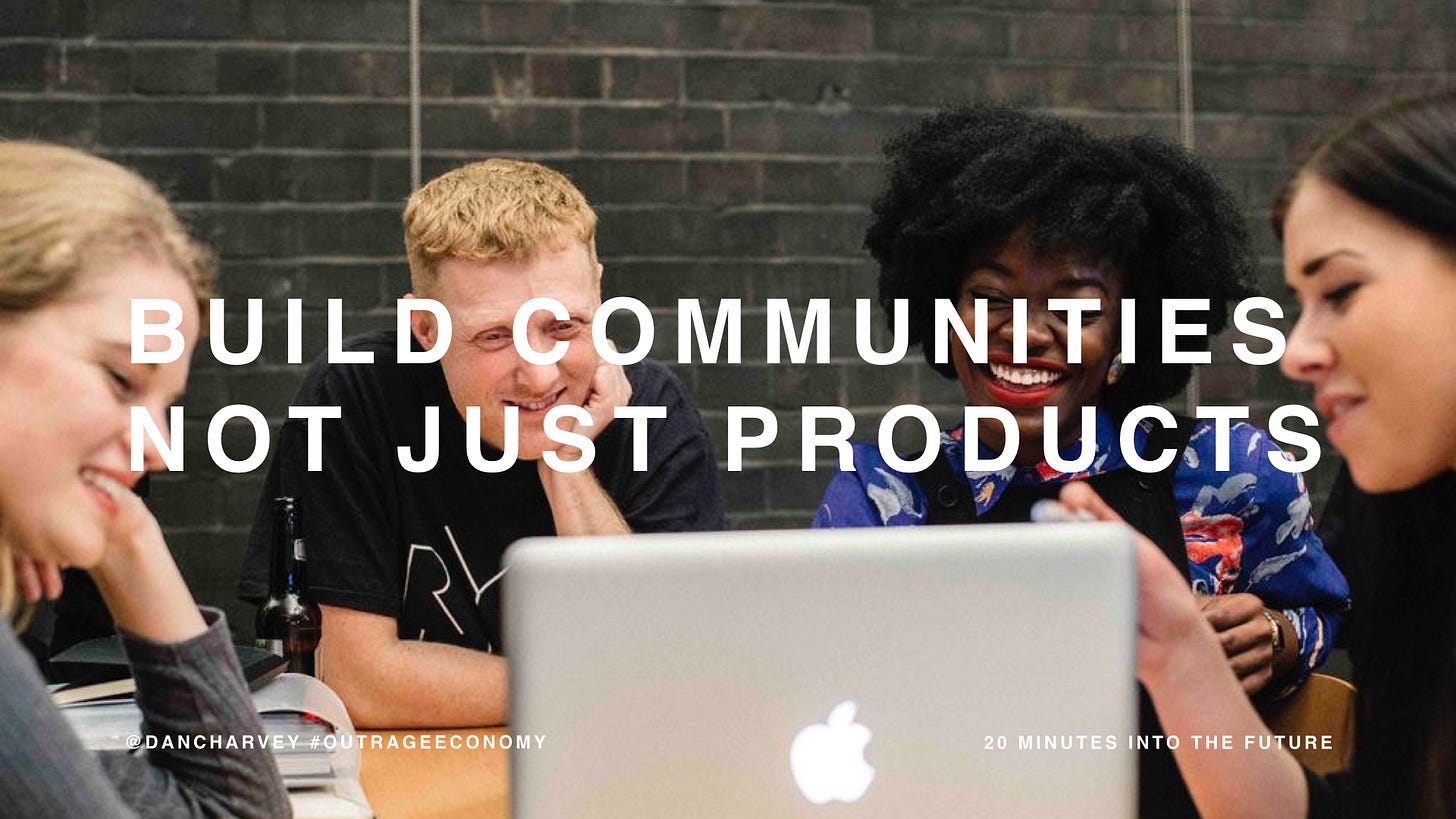New patterns, models, and networks

As appealing as I find Lanier’s nuclear option, I also acknowledge there’s some implied privilege in it. Many people don’t have that luxury. They run their businesses on social media. They stay in touch with family on social media. They organise on social media. Walking away doesn’t help solve the problems for those left behind and it shirks our own responsibility in this mess. So outside of the nuclear option Lanier proposes what else can we do?
Tristan Harris and other former tech insiders at the Centre for Humane Technology and Calm Technology proponents like Amber Case have formulated strategies for living more intentionally with social media. It’s called “time well spent” and it’s well worth your time to look into that if you haven’t already.
I’ve done 1, 3, and 4 on that list. Those are all great ideas from an end-user perspective but what can we do as people who design & build products to make it easier to be kind? Designer Tobias Rose-Stockwell has written eloquently on the topic and sketched up several ideas worth considering. He says:
Research on perceptual dehumanization has shown that we’re more cruel towards people in digital environments. Increasing empathetic responses like this might help re-humanize our experience of social media.
For people who genuinely want to connect with other audiences, this might give them pause and motivate them to reword their posts before publishing. Though this may not deter the majority of people who post inflammatory content, some might reconsider their language. This can be framed with basic information about how to make it more accessible to other audiences.
We do angry things that we often later regret. Having a moment to pause, review, and undo content flagged as hurtful might reduce the likelihood of sharing it in our worst moments.
Might we be more civil in 1-on-1 conversation? If everything isn’t in front of a crowd might we mitigate some of the performative nature of big dust-ups? Giving a private reply — taking it to direct message by default — might encourage people to open sidebars to have conversations with less external encouragement.
Beyond just designing different interfaces we have to design different networks. That starts by challenging lazy assumptions that advertising should be the default or exclusive model for everything. There are other models: from subscriptions to SAAS direct revenue to DTC sales. And some companies like Amazon have multiple business models. At The Dots (where I work) we’re able to avoid the problems we’ve been discussing because our business model is primarily based on recruitment revenue.
Everyone who’s dissatisfied with social media keeps asking the wrong question: “what’s the next Facebook?” We don’t need a “next Facebook.” Obscene scale doesn’t have to be a given. The only reason it is is because of advertising. We can create smaller scale networks dedicated to the needs and wants of specific audiences — whether that be developers or designers or freelancers or what have you. At The Dots our market is creators, entrepreneurs and freelancers.
When your business model isn’t advertising and your market isn’t literally everyone on the planet you can model engagement differently. Not everyone has to visit multiple times a day and engagement doesn’t have to be predicated on shady UX patterns like infinite scrolls or algorithmic timelines. You can create experiences that are bite-sized, valuable, and respectful of your community’s time. Experiences that have a sense of closure and completeness and reward the community’s attention rather than demand it. We redesigned our homepage with those concepts in mind.
If I can leave you with one last thought… At the end of the day we should be building communities not just products. At The Dots we bring members of our community together in a monthly portfolio masterclass where they learn from each other and from industry experts and maybe even land their dream jobs. They then stay connected with one another our platform and at future masterclasses. We’re proud to be bringing people together around positive shared real-life experiences not just dividing them with negative virtual experiences for the sake of ad revenue.
P.S.: I have a proposal to speak about this topic at SXSW. If you could sign up and vote for it I’d be appreciative. Thanks!
File under: #outrageeconomy #makeiteasiertobekind #nichenetworks #newbusinessmodels
Next week: We’ll shift gears slightly to talk about the redpilling of the internet.

